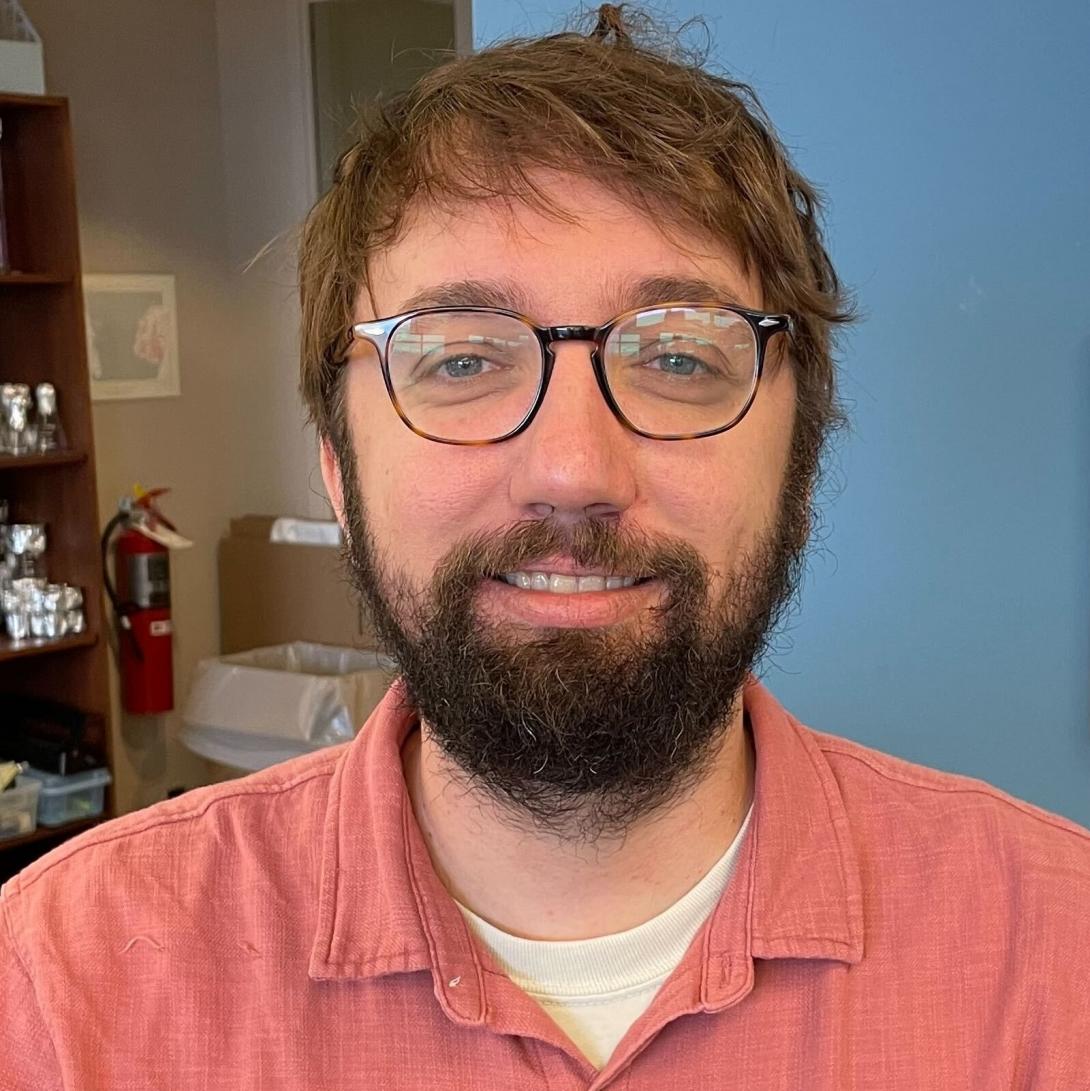
Jon Paczkowski, PhD
Quorum sensing (QS) is a process of bacterial cell-cell communication that controls virulence and biofilm formation in many bacterial species, including the pathogens Pseudomonas aeruginosa and Vibrio cholerae. QS relies on the production, accumulation, detection, and population-wide response to extracellular signal molecules called autoinducers (AI). QS allows bacteria to synchronously alter gene expression patterns that underpin collective behaviors.
QS is now understood to be the norm in the bacterial world. Nonetheless, how different bacterial QS receptors selectively bind ligands to initiate signal transduction is not understood. Defining ligand-receptor interactions and how ligands are selected or rejected in QS-mediated communication will be key for generally understanding the molecular principles underlying receptor specificity and promiscuity, and specifically, the respective benefits and drawbacks of strict versus relaxed ligand detection in QS-mediated communication.
Bacteria live in heterogeneous communities and encounter mixtures of AIs produced by themselves, their kin, and their non-kin neighbors. Learning how bacteria correctly interpret these blends of AIs and elicit appropriate gene expression responses is essential to understand how bacteria communicate, and, more globally, to understand how all organisms decode environmental stimuli. QS presents a unique opportunity to understand these longstanding questions in biology.
To learn more, please visit the Paczkowski Laboratory.
Hughson FM, Bassler BL. An Autoinducer Analogue Reveals an Alternative Mode of Ligand Binding for the LasR Quorum-Sensing Receptor. ACS Chem Biol. 2019 Mar; 14 (3): 378-389.